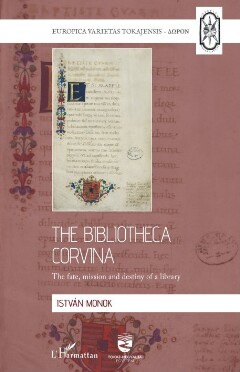Page 99 [99]
arly attempts, such as those of Mátyás Bél" or Martin Schmeizel,"? but also by
the book-collecting high priests and nobles, who aimed to create a separate Hun¬
garicum section in their collections.“*’ The nobles also linked this to the establish¬
ment of shared libraries in the Hungarian Kingdom and Transylvania, and to the
creation of a scholarly society.***
We do not know what the main motivation of Xystus Schier (1727-1772) was
when he decided to write the history of the Bibliotheca Corvina, which will be
described in detail below. Was he following an intellectual trend in library stud¬
ies developing in his own time, leading from Justus Lipsius (1547-1606), through
Gabriel Naudé (1600-1653), Joachim Johann Mader (1626-1680) and Johann
Andreas Schmidt (1652-1726), to him, and then truly emerging as a discipline
through the pen of Michael Denis (1729-1800)? Was he simply interested in the
past of a kingdom where he spent his youth? Or it is possible that, as Michael
Denis suspected, he saw the research as a part of the unity of the Empire, a subject
that would contribute to building a common culture.
“1 He published, for example, Miklös Oläh’s work Hungaria (including a description of the Corvina —
B£r, Adparatus, 1735, 8-9), and dealt with the history of Székely (Szekler) writing (BEL, De vetere,
1718). At his request Franz Ernest Briickmann compiled a list of Hungarian-related materials of the
Herzog August Bibliothek in Wolffenbuettel for him in 1741: SZELESTEI NAGY-GRÜLL, kiad., Bé/
Mátyás levelezese, 1993, 481-487.
42 VERÖK 2009.
443 Monok 2018a, 123-129.
44 Cr. SZELESTEI NacY 1989., LengyEL R.-Tüsk£s G., eds., Learned Societies..., 2017.
97

